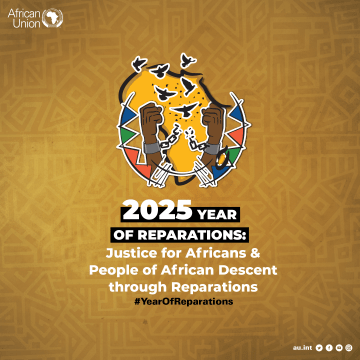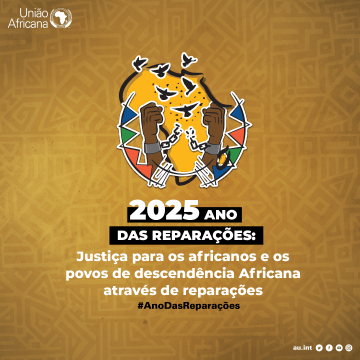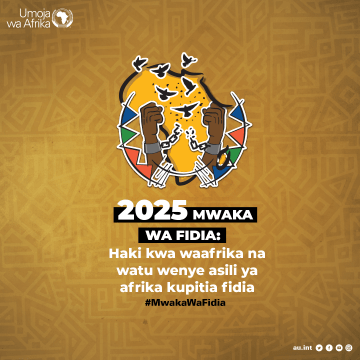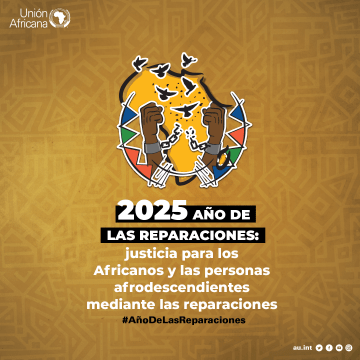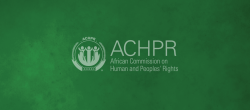The document contains an Introduction and six chapters:
- History of the Republic of South Africa
- Introduction into the South African legal system
- General measures of implementation, by Article of the Charter and highlighting certain governmental programmes
- Measures taken by South Africa to promote and ensure the respect of human rights through teaching, education and public education in accordance with article 25 of the Charter
- As a signatory party, how far the State uses the Charter in its relations with other state parties or other subjects of international law
- Conclusion
From the Conclusion: "The Government of South Africa, however, recognises that there are still many imbalances that exist in respect of fundamental human rights as guaranteed in the South African Constitution. Thus this Report to the OAU, like the other country reports to the United Nations on women and children, can be used as a benchmark against which future developments can be measured...
South Africa is both proud to proclaim it's successes towards the achievement of human and peoples' rights, and mindful of that which still has to be achieved.
A salient feature of this Report is the unavailability of data, or the unreliability thereof due to under- or non reporting. This was particularly so for the period pre-1994. Since then South Africa has been able to establish systems and baseline data in certain areas. The South African Government therefore wishes to conclude this Report by stating that it
acknowledges that the transformation of laws and policies is not enough in a rapidly changing democracy. The Government reaffirms that further action is required in order to translate policies and legislation into fundamental change at the ground level."


